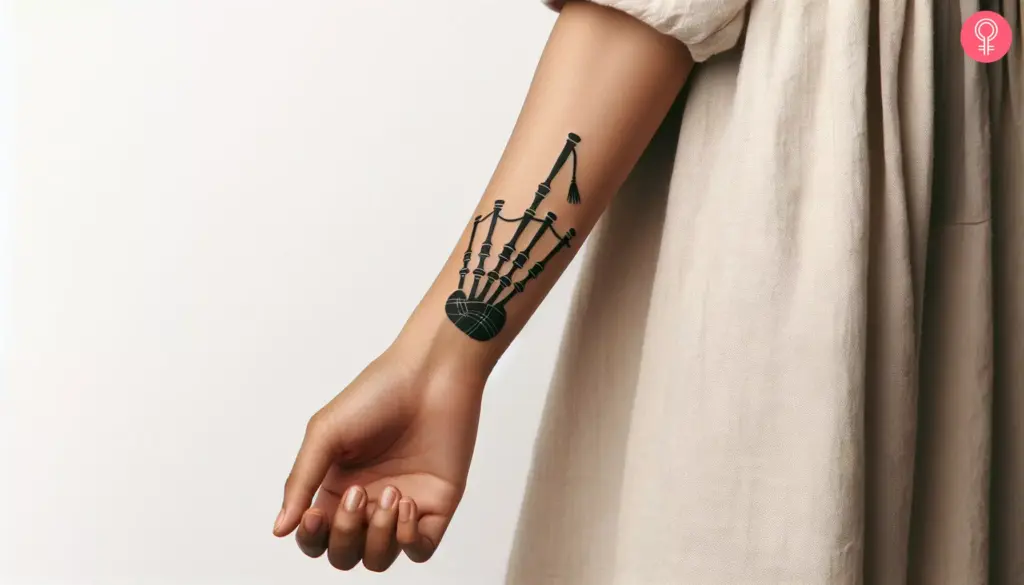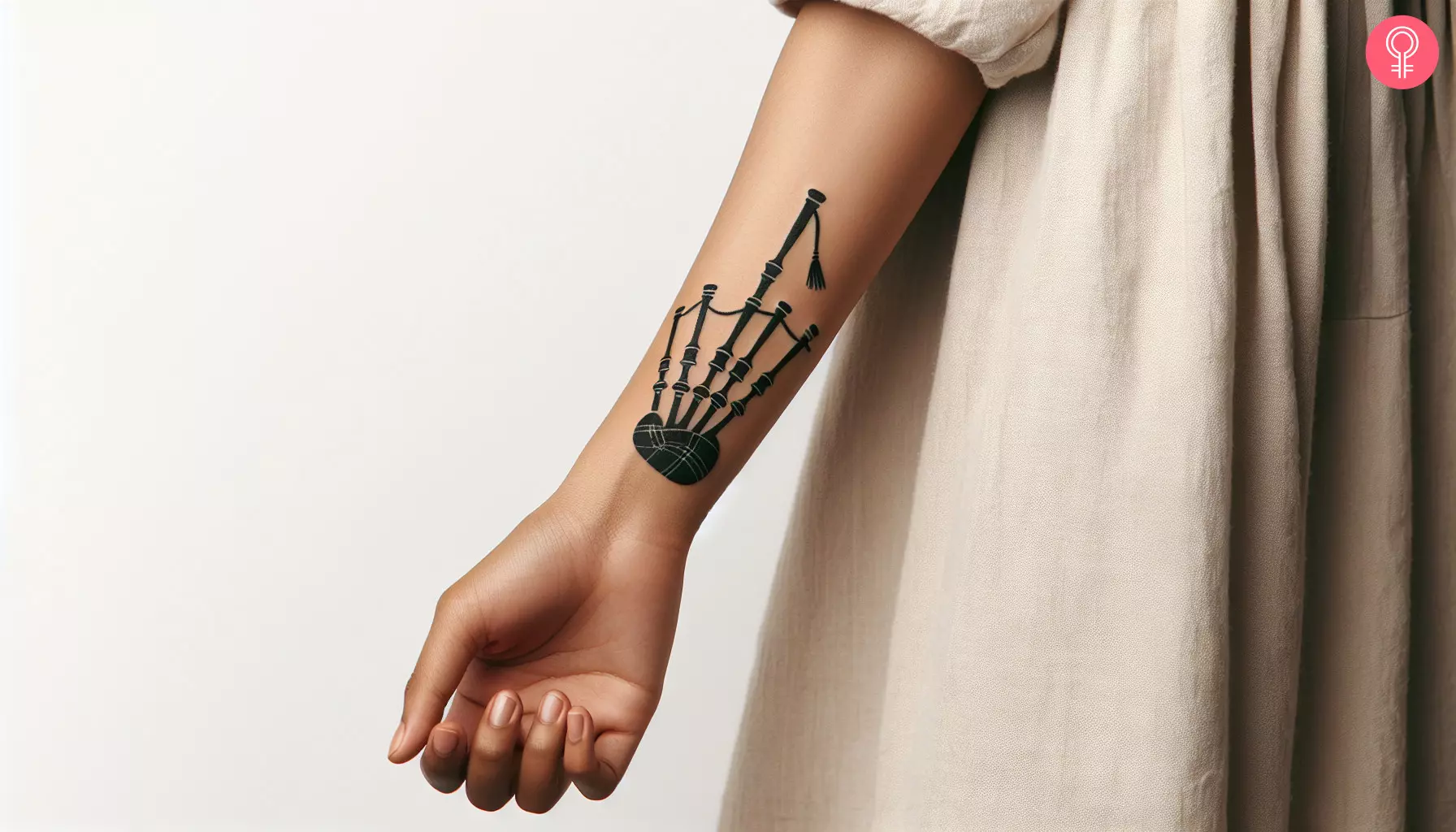
Decoding Scottish Tribal Tattoo Designs: History, Symbolism, and Modern Interpretations
Scottish tribal tattoo designs, steeped in history and symbolism, offer a powerful connection to Scotland’s rich cultural heritage. From the ancient Picts to the Highland clans, tattooing has played a significant role in Scottish identity, marking status, allegiance, and personal stories onto the skin. This article delves into the fascinating world of Scottish tribal tattoo designs, exploring their historical roots, the meanings behind common motifs, and how these ancient traditions are being reinterpreted in contemporary tattoo art. Understanding the nuances of these designs is crucial before committing to a piece, ensuring that the chosen artwork resonates with both personal meaning and cultural respect.
The Ancient Picts: Tattooing Pioneers
The earliest evidence of tattooing in Scotland comes from the Picts, an ancient people who inhabited northern and eastern Scotland during the Iron Age and early medieval periods. The Romans, who encountered the Picts, described them as “painted people” (Picti in Latin), suggesting extensive use of body art. While the exact methods and pigments used by the Picts remain a mystery, archaeological evidence and Roman accounts indicate that they likely employed woad, a natural dye derived from a plant, to create blue patterns on their skin. These early Scottish tribal tattoo designs were not merely decorative; they likely served a variety of purposes, including tribal identification, religious expression, and social status.
Unfortunately, very little is definitively known about the specific designs used by the Picts. What we do know comes from carved stones and metalwork that depict figures adorned with intricate patterns. These patterns often incorporate animal motifs, geometric shapes, and swirling lines. Common animals found in Pictish art include boars, deer, eagles, and salmon, each likely holding symbolic significance within their culture. The geometric patterns, such as spirals and knotwork, are also recurring themes that may have represented concepts like eternity, interconnectedness, and the cycle of life. Recreating authentic Pictish tattoos is challenging due to the limited information available, but artists often draw inspiration from these historical sources to create modern interpretations that capture the spirit of the ancient Picts.
The Highland Clans and Their Symbols
Following the Picts, the Highland clans emerged as a dominant force in Scottish society, and their traditions further shaped the landscape of Scottish tribal tattoo designs. Clan tartans, with their distinctive patterns of interwoven colored threads, became powerful symbols of clan identity and allegiance. While tartans were primarily woven into fabric for kilts and other garments, the patterns themselves have also been adapted into tattoo designs, creating a visual representation of clan affiliation. [See also: History of Scottish Tartans] Choosing a clan tartan for a tattoo signifies a strong connection to one’s ancestry and heritage.
Beyond tartans, other symbols associated with specific clans also find their way into Scottish tribal tattoo designs. These symbols can include clan crests, which typically feature a heraldic animal or object accompanied by a motto, as well as plants, such as heather or thistle, that are associated with the clan’s territory. For example, the MacLeod clan crest features a bull’s head, while the Campbell clan crest depicts a boar’s head. Incorporating these symbols into a tattoo is a way to proudly display one’s clan affiliation and pay homage to one’s ancestors. It’s important to research the specific symbols associated with your clan to ensure accuracy and respect for tradition.
Common Motifs in Scottish Tribal Tattoo Designs
Several recurring motifs appear throughout Scottish tribal tattoo designs, reflecting the cultural values and beliefs of the Scottish people. These motifs often draw inspiration from nature, mythology, and historical events. Understanding the symbolism behind these motifs is essential for choosing a tattoo that resonates with personal meaning.
Celtic Knotwork
Celtic knotwork is a ubiquitous element in Scottish art and design, and it is also a popular choice for tattoos. These intricate patterns, characterized by interwoven lines with no beginning or end, symbolize eternity, interconnectedness, and the cyclical nature of life. Different types of Celtic knots, such as the Trinity Knot (also known as the Triquetra) and the Celtic Cross, carry their own specific meanings. The Trinity Knot, with its three interconnected loops, can represent the Holy Trinity in Christian contexts or concepts like mind, body, and spirit. The Celtic Cross, a cross with a circle surrounding the intersection, is often interpreted as a symbol of faith and the connection between heaven and earth. The Celtic knotwork is a highly versatile design, allowing for creative adaptations and personal interpretations.
Thistle
The thistle, Scotland’s national flower, is a symbol of resilience, strength, and defiance. According to legend, the thistle saved a Scottish army from a surprise attack when a Norse invader stepped on a thistle and cried out in pain, alerting the Scots to their presence. The thistle’s prickly nature represents the Scottish people’s ability to defend themselves and their homeland. As a tattoo, the thistle can symbolize pride, courage, and a connection to Scotland. It’s a powerful symbol that resonates deeply with many Scots and those of Scottish descent.
Scottish Lion Rampant
The Lion Rampant, a heraldic symbol featuring a lion standing on its hind legs with its forepaws raised, is a powerful emblem of Scottish royalty and national pride. It has been used as a symbol of Scotland for centuries, appearing on the Royal Standard of Scotland and other official emblems. As a tattoo, the Lion Rampant represents courage, strength, and loyalty to Scotland. It’s a bold and striking design that embodies the spirit of the Scottish nation. The Lion Rampant is often chosen by those with a strong sense of national identity and a desire to display their Scottish heritage proudly.
Claddagh
While originating in Ireland, the Claddagh symbol, featuring a heart held by two hands and topped with a crown, has also gained popularity in Scotland. The heart represents love, the hands represent friendship, and the crown represents loyalty. The Claddagh is often given as a symbol of love and commitment, and it can also be worn as a symbol of friendship and loyalty. As a tattoo, the Claddagh can represent these same values, making it a meaningful choice for those who value love, friendship, and loyalty in their lives. Its widespread appeal transcends geographical boundaries, making it a popular choice among those with Celtic heritage in general.
Modern Interpretations of Scottish Tribal Tattoo Designs
While rooted in ancient traditions, Scottish tribal tattoo designs are constantly evolving and being reinterpreted by contemporary artists. Modern tattoo artists are incorporating new techniques, styles, and materials to create innovative and unique designs that still pay homage to Scotland’s rich cultural heritage. Some artists are experimenting with watercolor effects, geometric abstractions, and minimalist designs, while others are focusing on hyper-realistic depictions of traditional Scottish symbols. [See also: The Rising Popularity of Watercolor Tattoos] The possibilities are endless, allowing individuals to create tattoos that are both meaningful and visually stunning.
One popular trend is the fusion of traditional Scottish motifs with other cultural influences. For example, some artists are combining Celtic knotwork with Polynesian tribal patterns to create a unique blend of Celtic and Polynesian aesthetics. Others are incorporating elements of Scottish folklore and mythology into their designs, such as depictions of mythical creatures like the Loch Ness Monster or fairies. These modern interpretations demonstrate the enduring appeal of Scottish tribal tattoo designs and their ability to adapt to changing tastes and trends. When exploring modern interpretations, ensure the artist understands the cultural significance to avoid unintentional misrepresentation.
Choosing the Right Scottish Tribal Tattoo Design
Choosing a Scottish tribal tattoo design is a personal and meaningful decision. It’s important to carefully consider the symbolism, history, and cultural significance of the design before committing to it. Research your family history, clan affiliations, and personal interests to find a design that resonates with you on a deeper level. Consult with a reputable tattoo artist who specializes in tribal designs and has a thorough understanding of Scottish culture. A skilled artist can help you create a custom design that is both visually appealing and culturally sensitive.
Before getting inked, take the time to research the specific meanings associated with the symbols and motifs you are considering. Ensure that you understand the historical context and cultural significance of the design. Avoid appropriating symbols or designs that are not part of your own heritage. If you are unsure about the meaning of a particular symbol, consult with a cultural expert or historian. By taking the time to educate yourself, you can ensure that your Scottish tribal tattoo design is a respectful and meaningful tribute to Scotland’s rich cultural heritage. The placement of the tattoo is also important; consider how the design will flow with your body’s contours and how it will be visible in different situations.
Conclusion
Scottish tribal tattoo designs offer a powerful and enduring connection to Scotland’s rich cultural heritage. From the ancient Picts to the Highland clans, tattooing has played a vital role in shaping Scottish identity. By understanding the history, symbolism, and modern interpretations of these designs, individuals can choose tattoos that are both visually stunning and deeply meaningful. Whether you are of Scottish descent or simply appreciate the beauty and symbolism of Scottish culture, a Scottish tribal tattoo design can be a powerful way to express your connection to this fascinating land and its people. Remember to prioritize cultural sensitivity and thorough research to ensure your tattoo honors the traditions it represents. Ultimately, a well-chosen Scottish tribal tattoo design is a testament to the enduring power of heritage and the art of personal expression. The beauty of Scottish tribal tattoo designs lies in their ability to connect us to the past while allowing us to express our individuality in the present.

